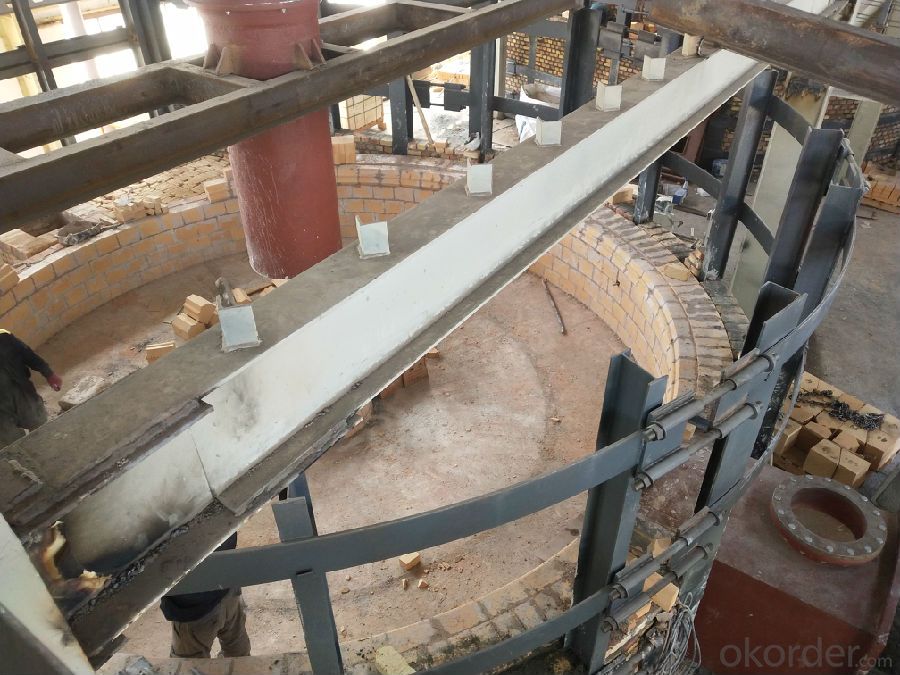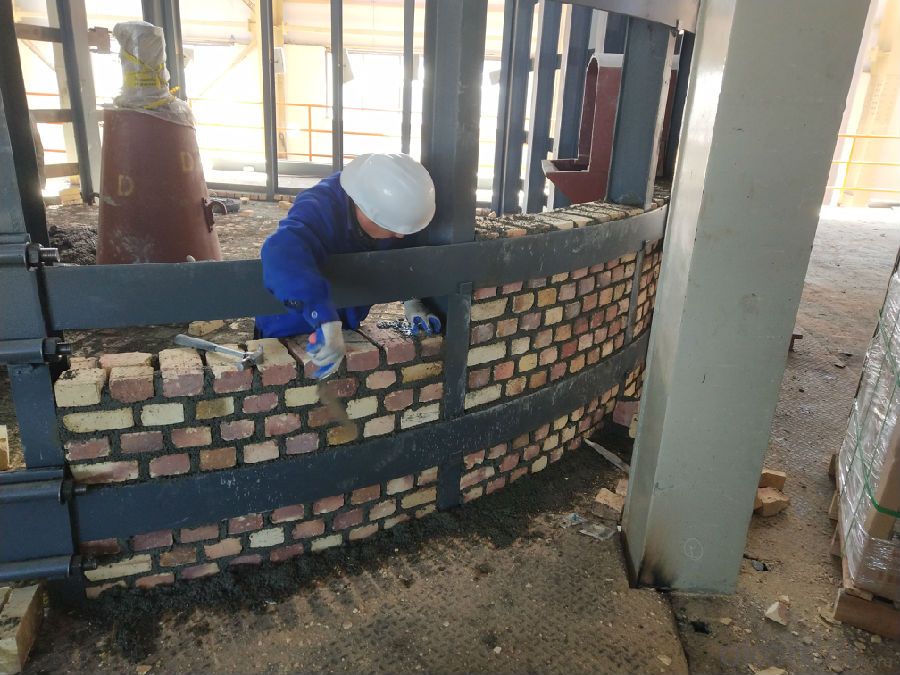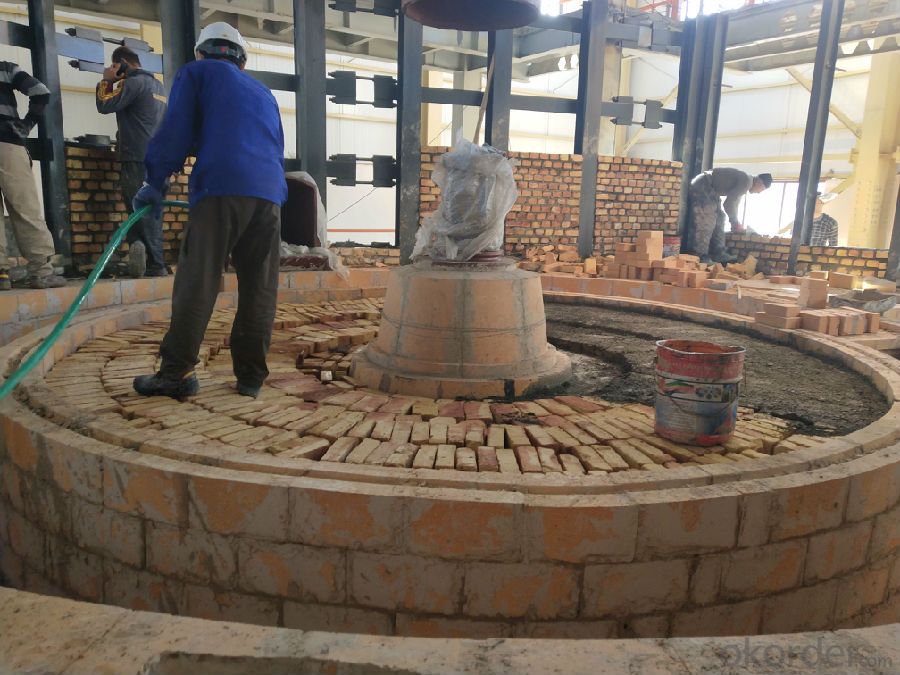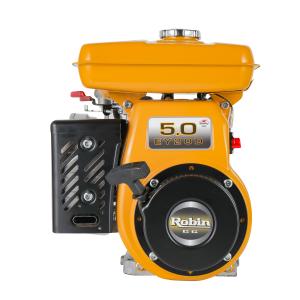Loading Port:Shanghai
Payment Terms:TT OR LC
Min Order Qty:1 set
Supply Capability:1 set/month
Tons of Potassium Sulfate Project
General
CNBM is a high-tech enterprises international chemical engineering company, who is pioneering in chemical engineering technologies, and playing a leading role in new technology development, with capability of project consulting, design, procurement, construction management and production guidance. CNBM provide services of chemical engineering and technology, with offering a scope of supply ranging from process design till the supply of completely integrated plants. CNBM master a technology of Potassium Sulfate production line, Calcium Chloride production line,sulfuric acid production line other fertilizers.We have cooperated with many international companies on projects,located Indonesia,Philippines,India,Jordan,Egypt.etc.
Process Description
It is well-known as there are two kind of popular methods to be used to produce Potassium Sulphate Product, one is Double decomposition method, the reaction is not good, the product quality should be improved. Another method is the Mannheim furnace process, it is used widely. But there are some difficulties occurred during the production. CNBM had made the necessary and important improvement and perfection on its production equipment and production process of Mannheim furnace, to form a unique and perfect Potassium Sulphate production technology now. Our improved process had been successfully applied in Philippines, Indonesia and Egypt, to be approved that our process and technology is excellent, gets the Customer’s credit, trust and satisfaction. Of course, CNBM has been dedicating himself into building the best quality Potassium Sulphate Plant, to produce best quality final product.
The production process is showed as below:
Using KCl (MOP, Potassium Chloride) reacts with Sulfuric Acid to produce K2SO4 (SOP, Potassium Sulphate) and HCl (Hydrochloric Acid) as a by-product, the reaction formula is showed as below::
2 KCl + H2SO4 → K2SO4 + 2 HCl
The reaction of Sulfuric Acid with Potassium Chloride takes places in two stages:
a. KCl + H2SO4 → KHSO4 + HCl
b. KCl + KHSO4 → K2SO4 + HCl
The first reaction step is exothermic and proceeds at relatively low temperature. The second is endothermic and must be carried out at higher temperature. To minimize the Chloride content of the product, a small excess of Sulfuric Acid is used, which is later neutralized with Calcium Carbonate, depending on the purity requirements for the product.
The reaction is usually carried out in furnace which special designed by our company.
The furnace has a closed dish-shaped chamber, with diameter up to 6 m, heated externally by oil or gas burner. Potassium Chloride and Sulfuric Acid are fed into the chamber in the required ratio at an overhead central point. The mixture reacts with evolution of heat and it’s mixed by a slowly moving agitator fitted with central axle, the reacted material is ejected to next equipment from both side of furnace. Potassium Sulfate leaves the reaction chamber at this point and be neutralized and cooled. Hydrogen Chloride gas formed is absorbed in water to form Hydrochloric Acid.
Structure and principle
The Mannheim furnace is made of high temperature resistant refractory bricks, thermal insulation bricks and ordinary red bricks. The top of the furnace is insulated with insulating bricks and asbestos. The reaction furnace has two cavities, and the middle elliptical cavity is a reaction chamber. Sulfuric acid and potassium chloride are uniformly added into the reaction chamber of the Mannheim furnace through a feeder. The cavity of the reaction chamber is a combustion chamber, and the combustion chamber has a burner. The heat released by the fuel indirectly heats the reaction chamber. The chamber is equipped with a stirring tweezers. When the reaction is carried out, the tweezers are rotated at 1 to 2 r /min, and the sulfuric acid and potassium chloride are continuously mixed to form potassium sulfate and hydrogen chloride gas. The potassium sulfate is pushed out by stirring the stirring tweezers, and the hydrogen chloride gas is recycled.
Sulfuric acid and potassium chloride are uniformly added to the Mannheim furnace reaction chamber through the feeder, and the combustion chamber provides a large amount of heat energy for the materials reacted in the reaction chamber. Under the stirring of the stirrer, the reactant sulfuric acid and potassium chloride absorb a large amount. After the heat is produced the product potassium sulfate with HCl gas. Potassium sulphate is introduced when stirred by a blender.
Characteristics
The diameter of the furnace directly determines the production capacity. Generally, the production capacity of Mannheim furnace is measured by the daily production capacity of a single reactor. Due to manufacturing technology and materials, the world's largest Mannheim furnace is 6 m in diameter.
The tweezers drive system is stable and reliable, thus providing a guarantee for continuous and stable reaction.
High material requirements. The refractory material used in the furnace reaction chamber must be resistant to high temperature, strong acid and heat transfer; the combustion chamber material must be resistant to high temperature and good heat preservation performance; the material of the scorpion must be heat-resistant, corrosion-resistant and wear-resistant; Whether the material meets the requirements directly affects the inspection period and the service life of the furnace.
There are temperature control and safety protection systems.
Oven method
After the completion of the Mannheim furnace, the natural drying is first carried out, all the inlet doors, the feed opening and the discharge opening are opened for natural ventilation, and the ventilation can be temporarily ventilated by the fan. After 7 days of natural drying, the burner is ignited. Switch to an open flame. When the open flame is baked, the flow of dry gas and air should be adjusted, the fire should be strictly controlled, the temperature of the furnace should not be too fast, and the temperature should be constant temperature after reaching a certain temperature.
Purpose of the original oven
Mannheim furnace is made of refractory materials, heat-insulating materials and other materials. It contains a lot of water. The oven is to evaporate its water to achieve drying and drying, so that the thermal expansion and displacement of all parts of the masonry are fixed. The hardened material is hardened to prevent cracking and spalling due to evaporation of water and transformation of the crystal structure of the material when subjected to rapid heating or cooling, and the oven and the production are to be continuously performed; if it is not immediately put into operation, it is baked after the reactor is completed. To ensure that the entire masonry is dry to protect the furnace body.
Problems and solutions
The stove is too hot. The uneven heating of the two heating chambers caused the partial furnace phenomenon, and the temperature unevenness caused the reaction to be unbalanced. As a result, the product quality was unqualified; due to the uneven heating of the furnace body, the material expansion was inconsistent and the furnace body was damaged. The solution to the problem is to adjust the burner gas addition amount and air volume.
The bottom of the furnace leaks acid. After a period of operation, the reaction furnace has a high reaction temperature, strong corrosiveness of sulfuric acid, and masonry, causing leakage of sulfuric acid at the bottom of the furnace. Treatment method: stop material, extinguish fire, cool down, remove the material in the furnace, find the leak point, if it can be repaired, block it with water glass and acid-resistant glue; if there are more leaks and larger area, it needs to clean the bed brick comprehensively. Check the bed base. If there is no problem with the bed base, rebuild the hearth brick. If there is any problem, you need to clear the bottom of the furnace and rebuild it.
The top of the furnace is leaking. Strong temperature makes the roof break. There are two remedies: the loophole is small, covered with refractory high temperature felt; the hole is large and rebuilt.
Bricklaying picture







